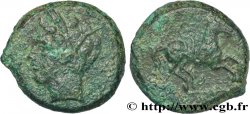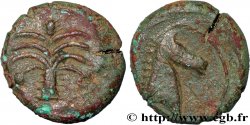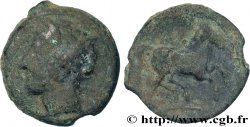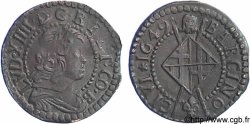v60_0016 - ZEUGITANA - CARTHAGE Statère
MONNAIES 60 (2013)
Starting price : 1 900.00 €
Estimate : 3 200.00 €
Realised price : 2 550.00 €
Number of bids : 3
Maximum bid : 3 000.00 €
Starting price : 1 900.00 €
Estimate : 3 200.00 €
Realised price : 2 550.00 €
Number of bids : 3
Maximum bid : 3 000.00 €
Type : Statère
Date: 310-290 AC.
Mint name / Town : Carthage, Zeugitane
Metal : electrum
Millesimal fineness : 600 ‰
Diameter : 19 mm
Orientation dies : 12 h.
Weight : 7,66 g.
Rarity : R1
Emission: 5e
Coments on the condition:
Exemplaire sur un flan ovale, parfaitement centré des deux côtés, avec les grènetis complets. Magnifique portrait où tous les détails de la chevelure sont bien visibles malgré une usure superficielle. Joli revers, finement détaillé. Patine de collection ancienne avec des reflets mordorés
Catalogue references :
Predigree :
Cet exemplaire provient de la vente Poindessault du 9 septembre 1998, n° 67 et de la collection D. R
Obverse
Obverse legend : ANÉPIGRAPHE.
Obverse description : Tête de Tanit à gauche, couronnée d’épis, parée d’un collier et d’un triple pendentif d’oreilles ; un globule sous le cou.
Reverse
Reverse legend : ANÉPIGRAPHE.
Reverse description : Cheval debout à droite ; quatre globules sous la ligne d’exergue.
Commentary
Shekel d’électrum. Notre exemplaire est de mêmes coins que l’exemplaire de la collection Lewis, n° 264, pl. 11. Il est de même coin de droit que les exemplaires de Vienne (JL. 262) et de Syracuse (JL. 263). L’exemplaire de MONNAIES 59, n° 164 s’est vendu 2.250€ sur une offre maximum à 2.970€.







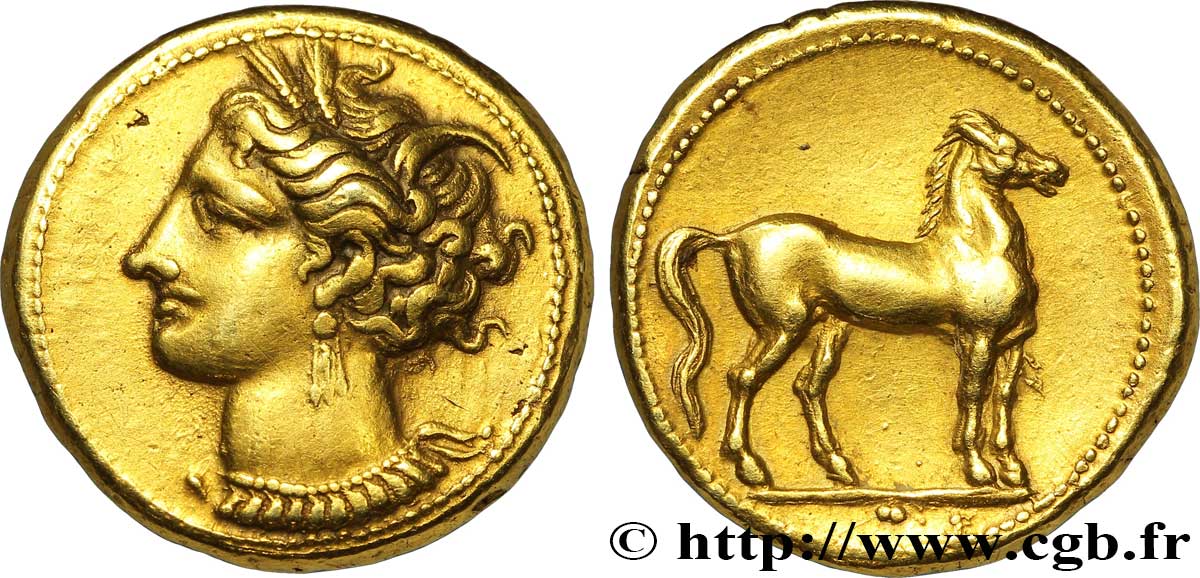
 Report a mistake
Report a mistake Print the page
Print the page Share my selection
Share my selection Ask a question
Ask a question Consign / sell
Consign / sell
 Full data
Full data